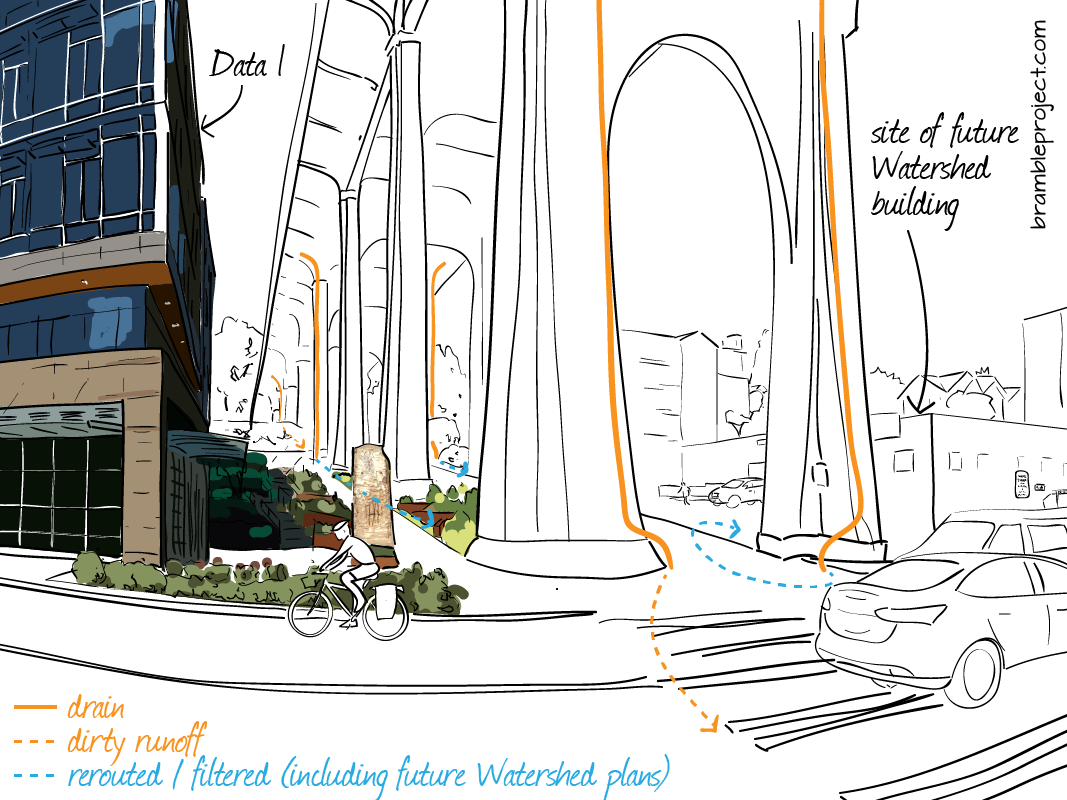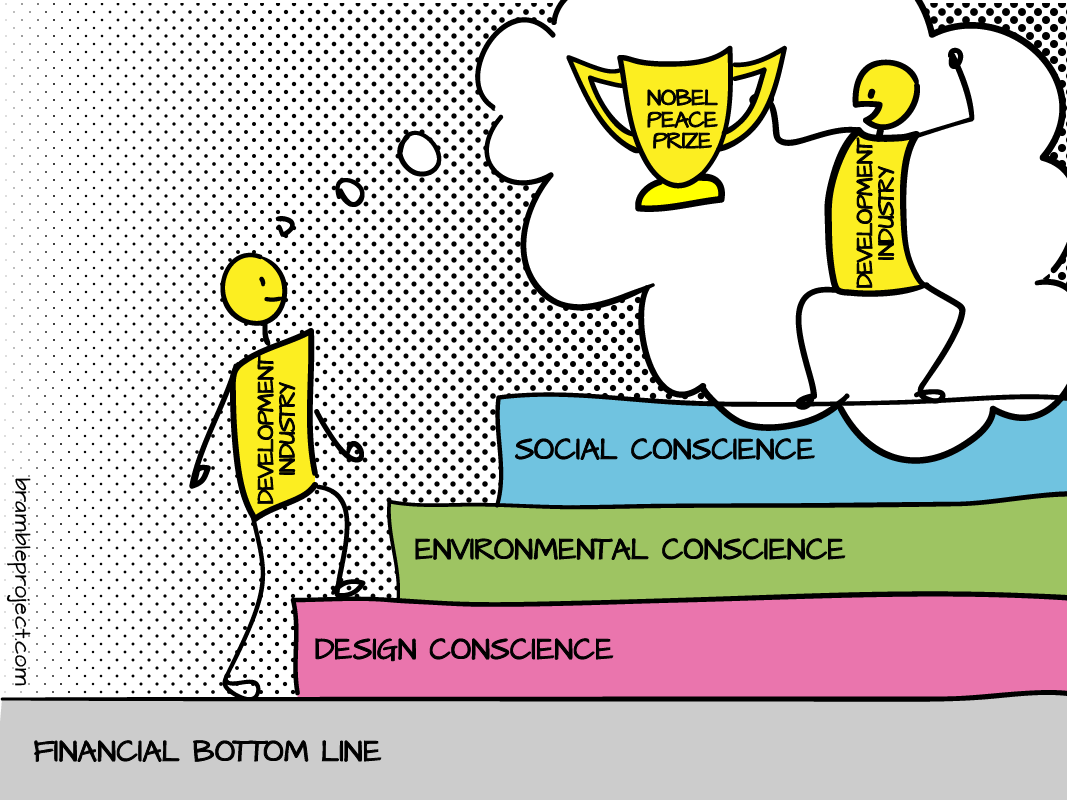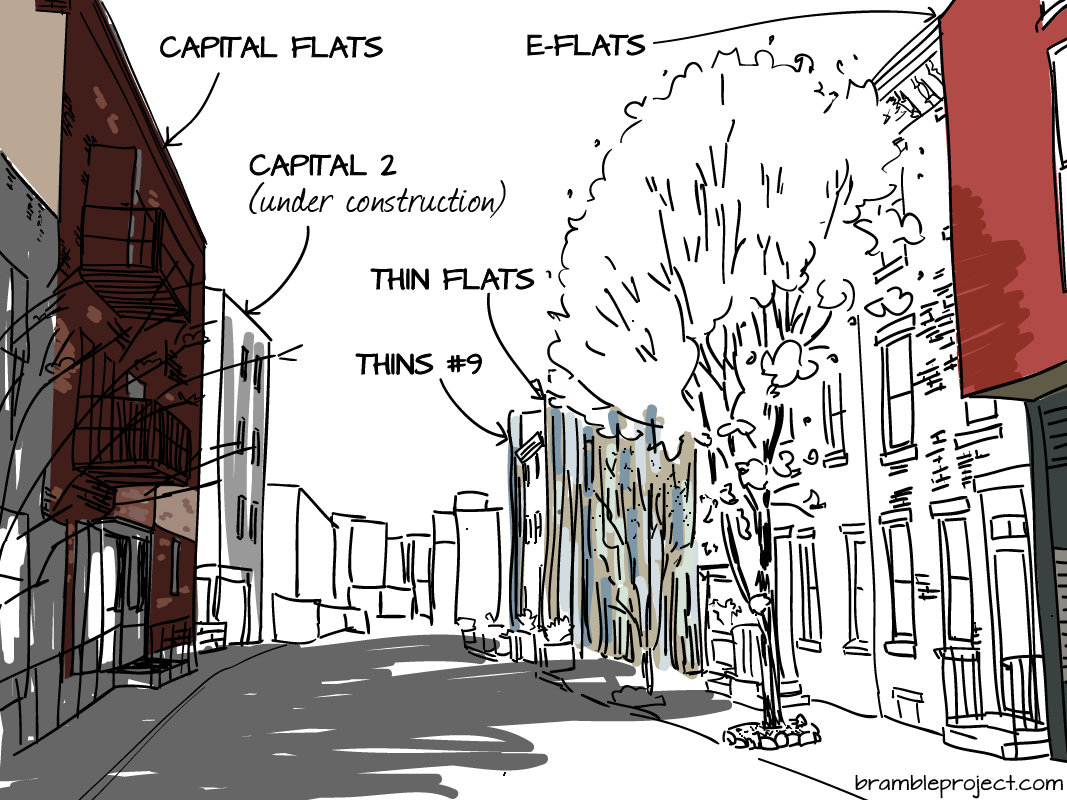Tag: environmental
-

Helping out Salmon in Fremont, Seattle, WA
Why would developers voluntarily clean up icky runoff from the Aurora Bridge? In Fremont, a block uphill from Seattle’s ship canal, construction is wrapping up on a glassy office building. An unassuming, newly landscaped terrace flanks the building. The Aurora Bridge soars above the terrace, carrying cars over the canal. Along the canal, boats dot…


